
Marc Giai-Miniet’s Nightmarish ‘Theatre of Memory’ on Show in New York
Words by Rooksana Hossenally
Location
Marc Giai-Miniet’s Nightmarish ‘Theatre of Memory’ on Show in New York
Words by Rooksana Hossenally
With his eerie twists on children’s dolls houses, French artist Marc Giai-Miniet’s dioramas, or miniature 3D theatres or boxes, are disturbing metaphors for the human condition that succeed in rattling our curiosity wide-awake. Containing the aftermath from scenes of unknown experiments, interrogations and slaughters, the works form an exploration of the physicality of memory that will be shown this month at the Jonathan LeVine Gallery in New York, as part of a solo show entitled ‘Théâtre de la Mémoire’ (Theatre of Memory).
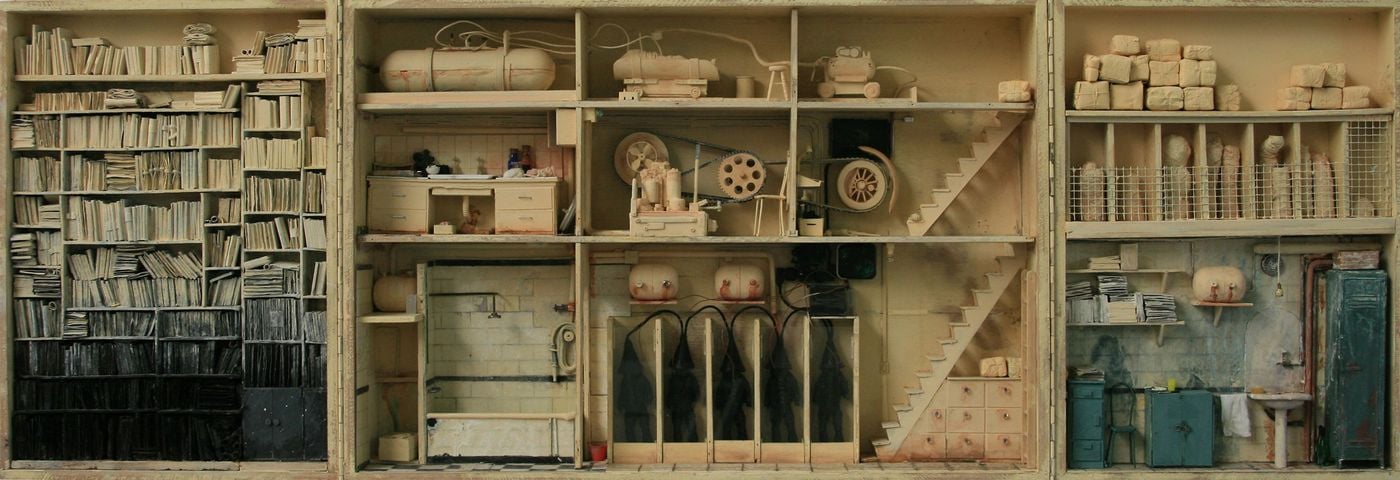
Photo © Marc Giai-Miniet.
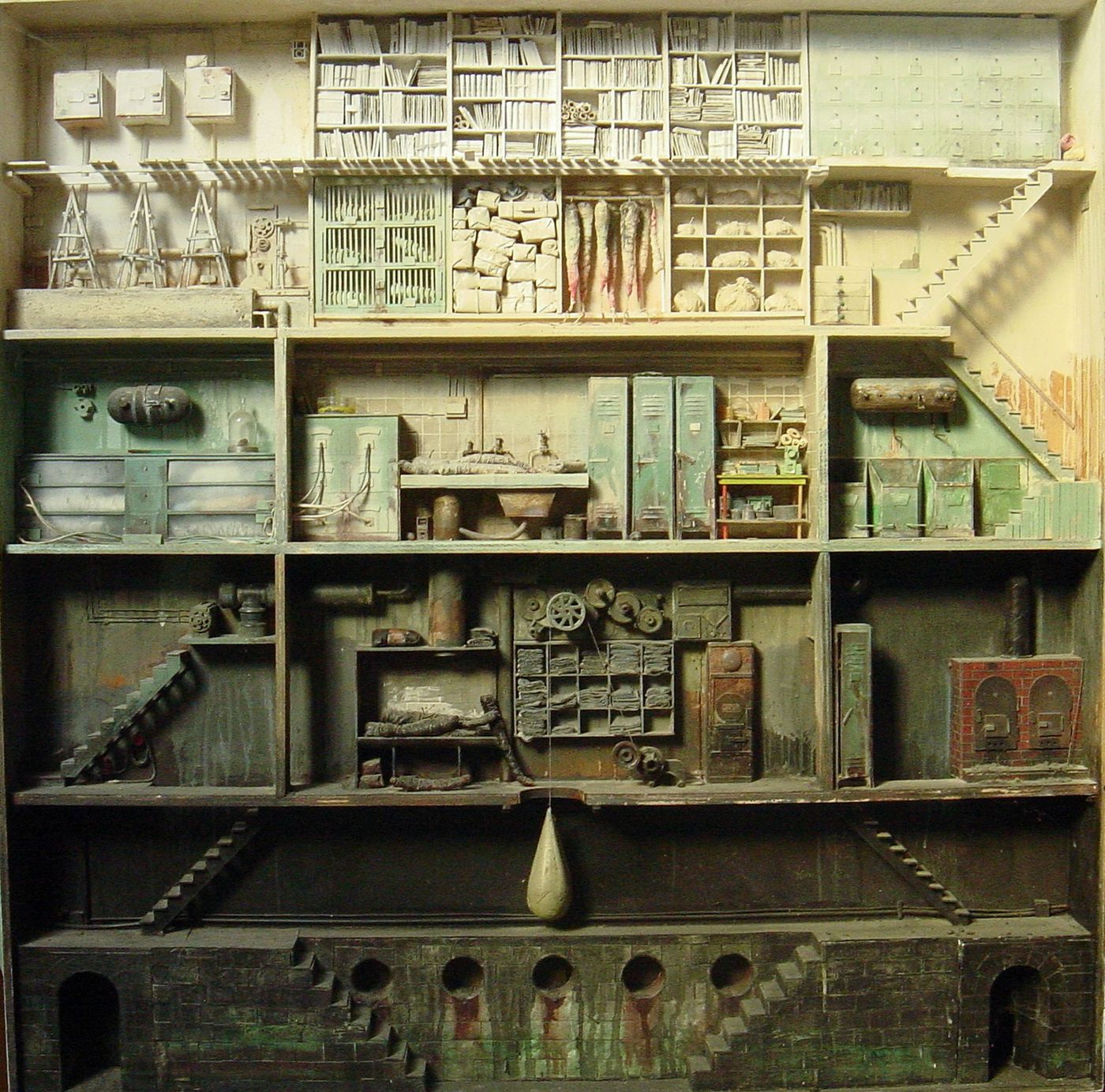
Photo © Marc Giai-Miniet.
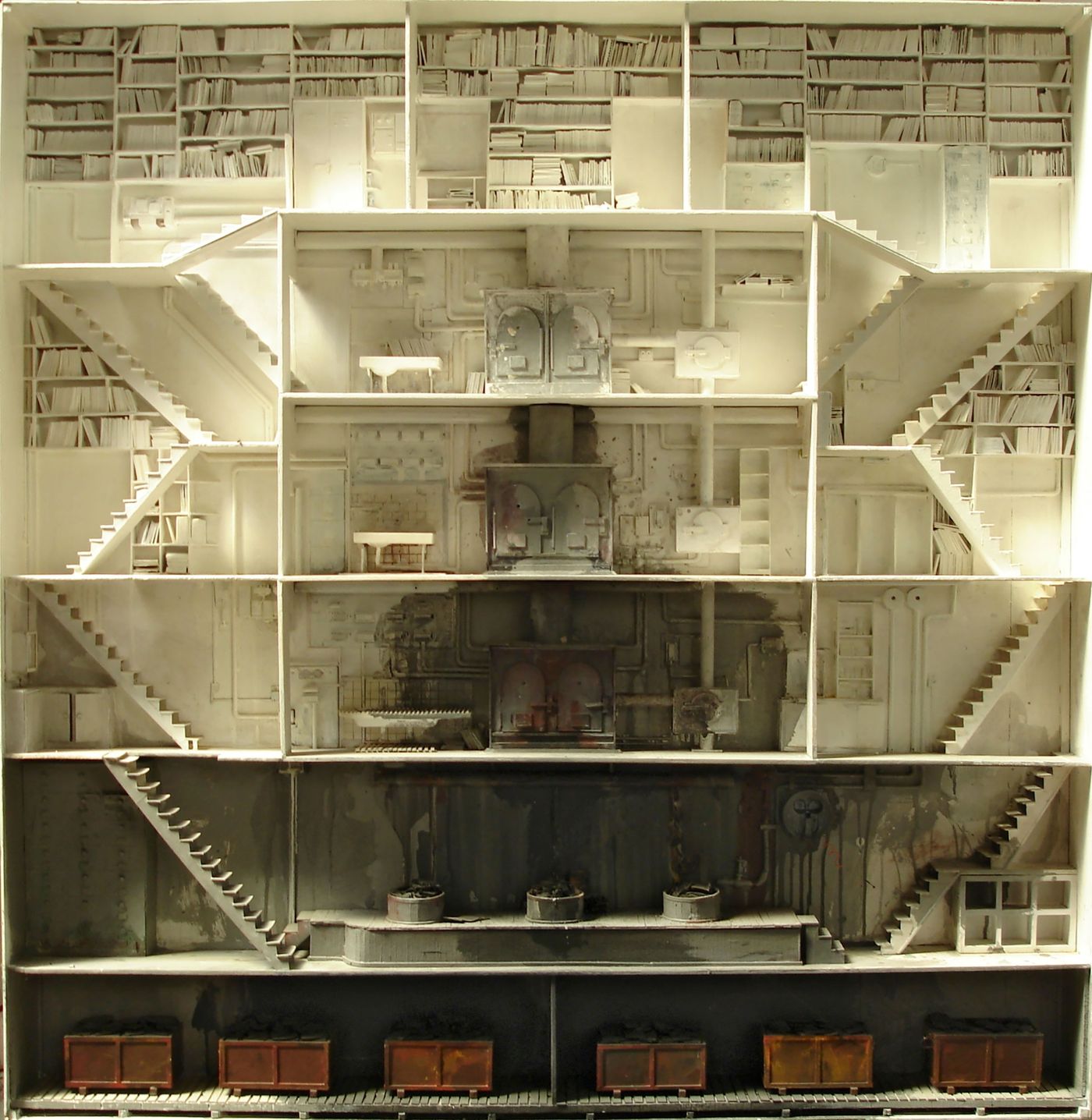
Photo © Marc Giai-Miniet.
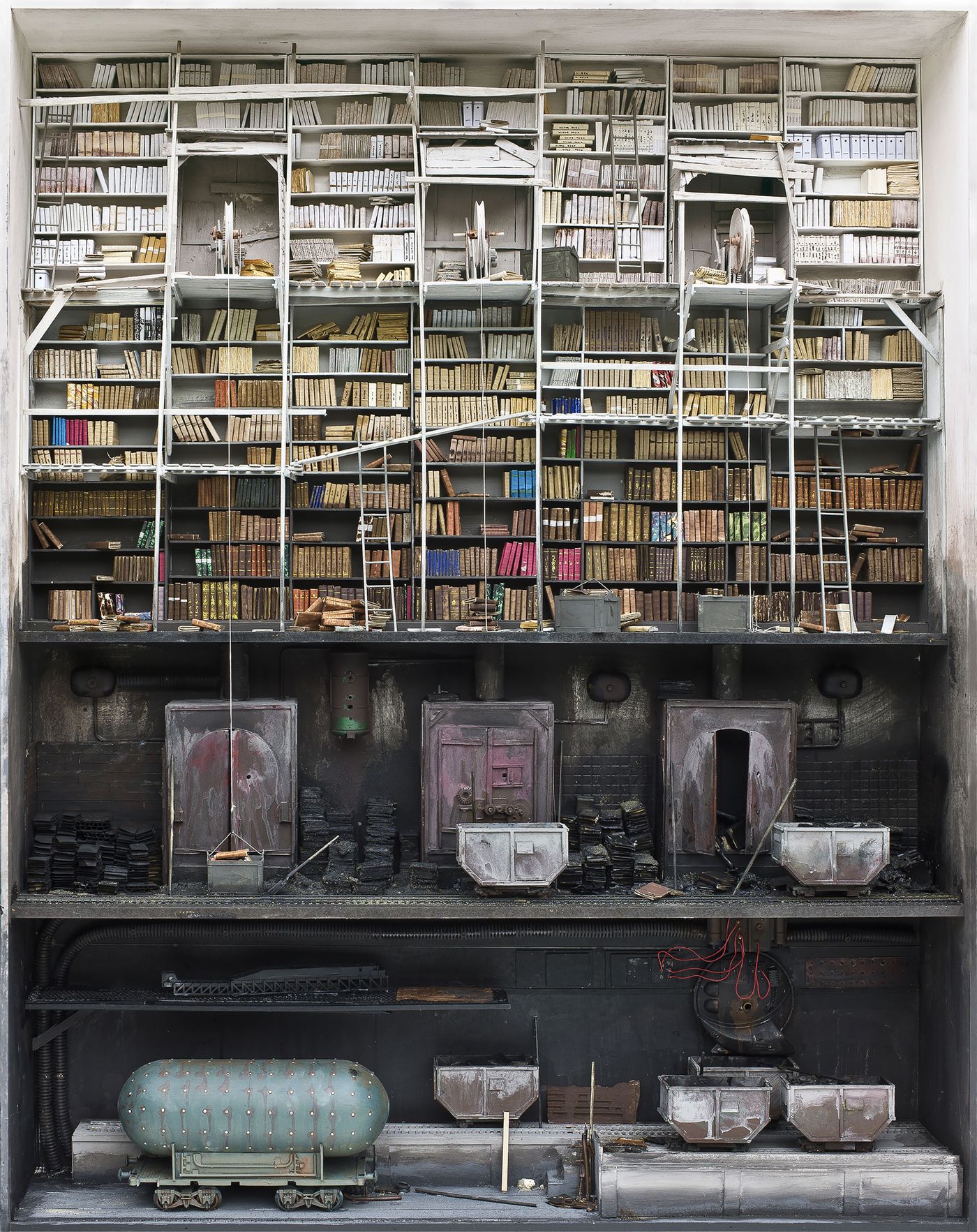
Photo © Marc Giai-Miniet.
When Giai-Miniet first created his boxes in the early 90s, he included cardboard characters in this ''ironic existential ballet''. But over time, the figures were no longer and the boxes went on to increase in size to feature scenes comprising never-ending libraries, abandoned laboratories used to conduct unidentifiable experiments, stock rooms in a state of disarray, desolate waiting rooms, interrogation rooms, prison cells, stairs, ovens, sewers, drains all became his focus. In short, the artist creates the idea of people, of a human presence, in each scene without using figures.
The boxes are barren of people and contain or depict scenes that although they are difficult to decipher, are nevertheless heavily marked by human presence. These mini theatres often feature chaotic libraries, where the books are stacked precariously on shelves that threaten to collapse and that darken into a burnt mess as they descend into a basement built into the bottom of the box. In fact, books are a primary and recurrent symbol for the wide-ranging record of human memory and thought, many of which have proved to be fundamental or have been merely been used to control society by tyrants or establishments, for instance. The books, white at first, are pulled into darkness as the libraries descend into the sewers, or the underbelly of memory, as their contents are sullied and tarnished.
Other boxes contain bundles of rusting unidentifiable machinery and scientific apparatus, for example, there’s a scene crowned with a life-size skinned chicken’s corpse stretched out over two floors. Filthy and worn, the objects and spaces depicted in each box are a reference to the recording of memory, be it in books, suitcases, bulging parcels, or bloody organs.
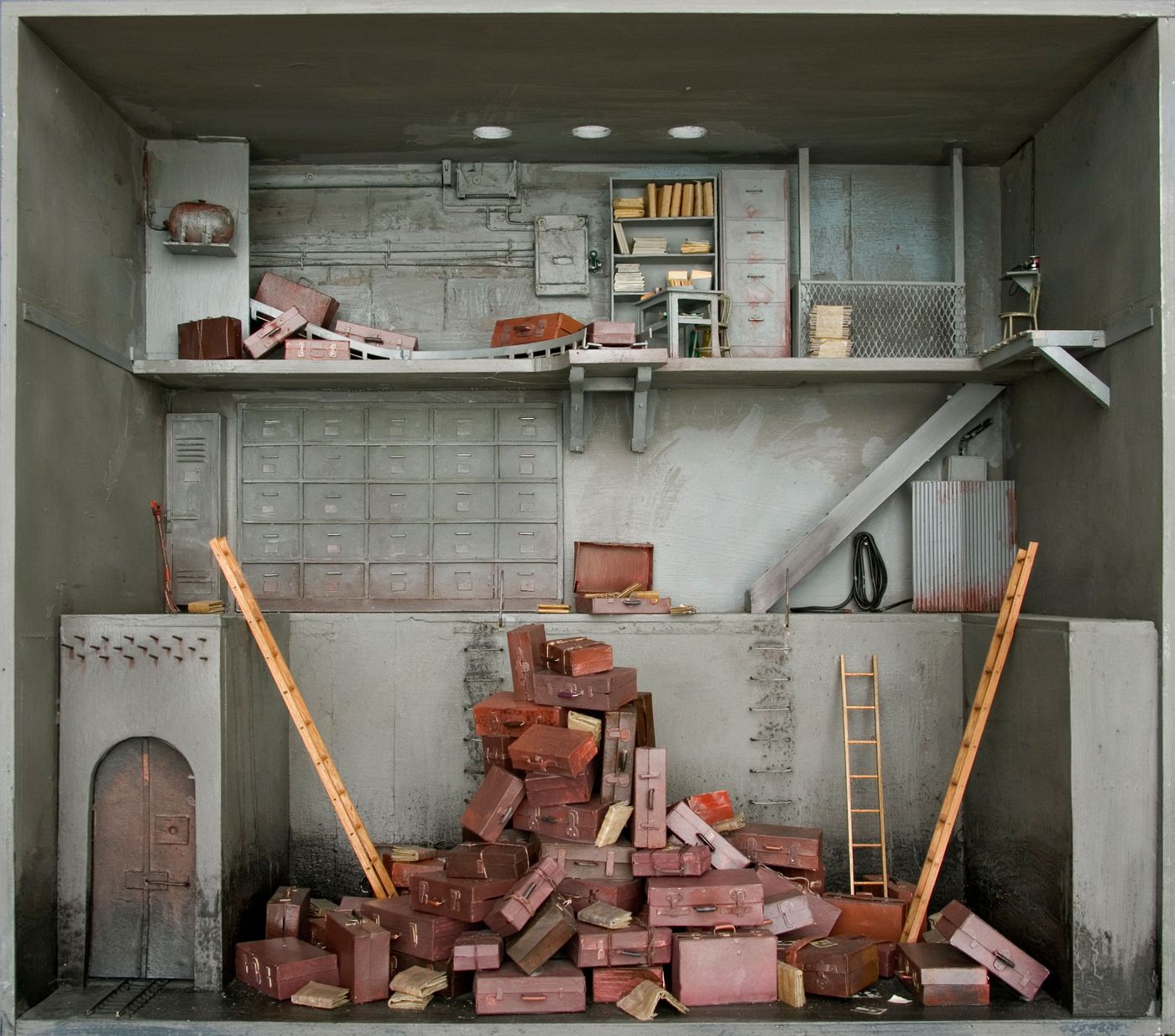
Photo © Marc Giai-Miniet.
Born in Trappes, southwest of Versailles in France, the 68-year-old painter comments on his website that these boxes appeared much later in his career "…like a natural and necessary continuation, and have become an inseparable element, my painting’s accessible double".
These nightmarish variations on a puppet theatre may be a reflection of the artist’s repressed desire for taking up drama as a teenager, he says, or are perhaps a symbol of games he would play as a child. Nevertheless, these boxes go further than simply recalling the artist’s childhood memories. They retrace Marc Giai-Miniet’s macabre paintings; paintings that depict brains being removed from skulls for instance.
His distinctive worn, dismal aesthetic can be traced to his exposure to images of the Holocaust at a young age, specifically the manner in which the Nazis seized concentration camp victims’ belongings and recorded their identities. In fact, many parallels can be drawn on the subject and the aesthetic with the work of Christian Boltanski, a highly acclaimed French artist of the same generation.
One thing is for sure: the shudder some spaces where unknown events have taken place, jolt our imagination awake and perhaps even nudge our memory of something that’s been left buried deep below the surface...

Photo © Marc Giai-Miniet.
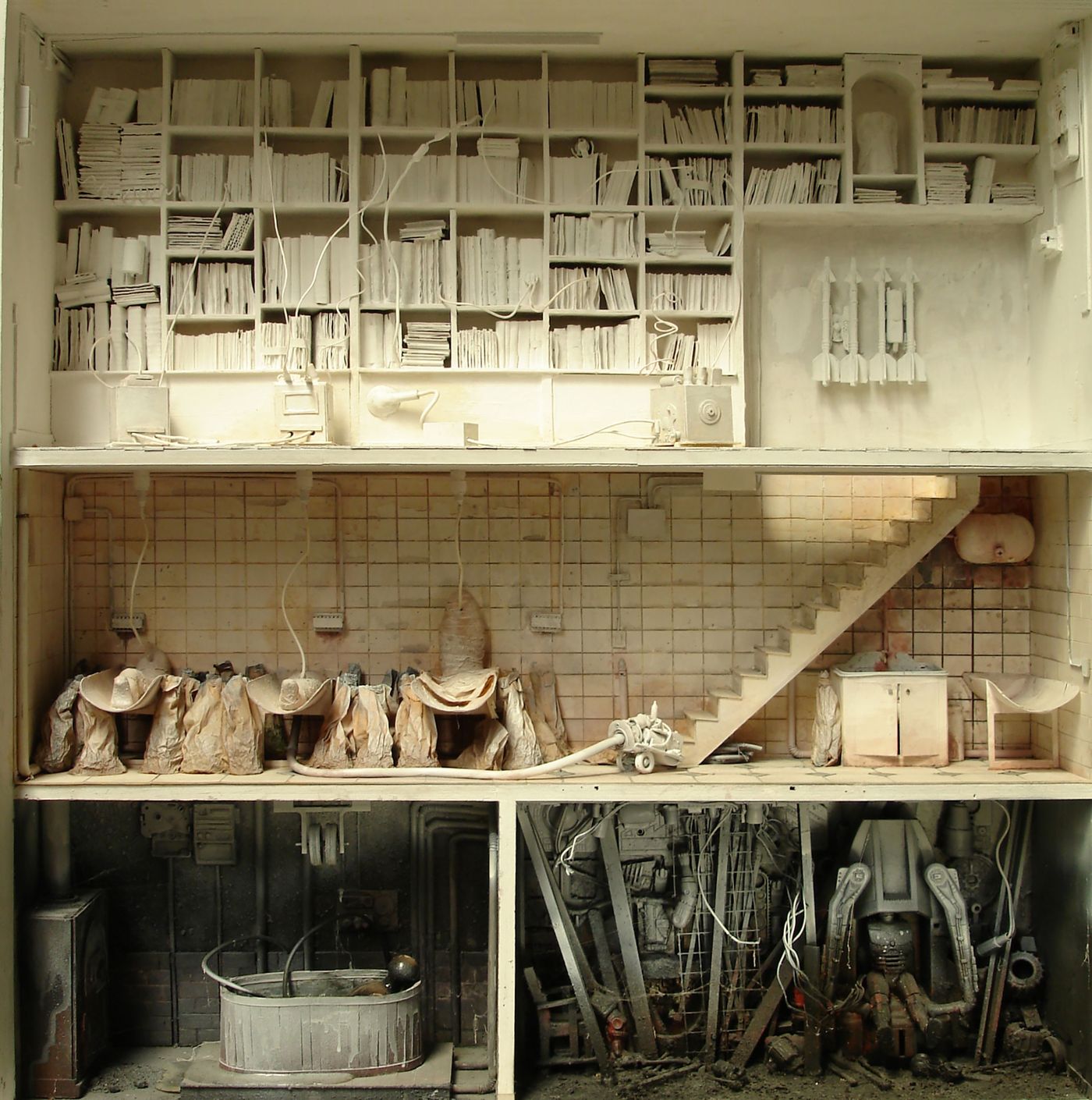
Photo © Marc Giai-Miniet.
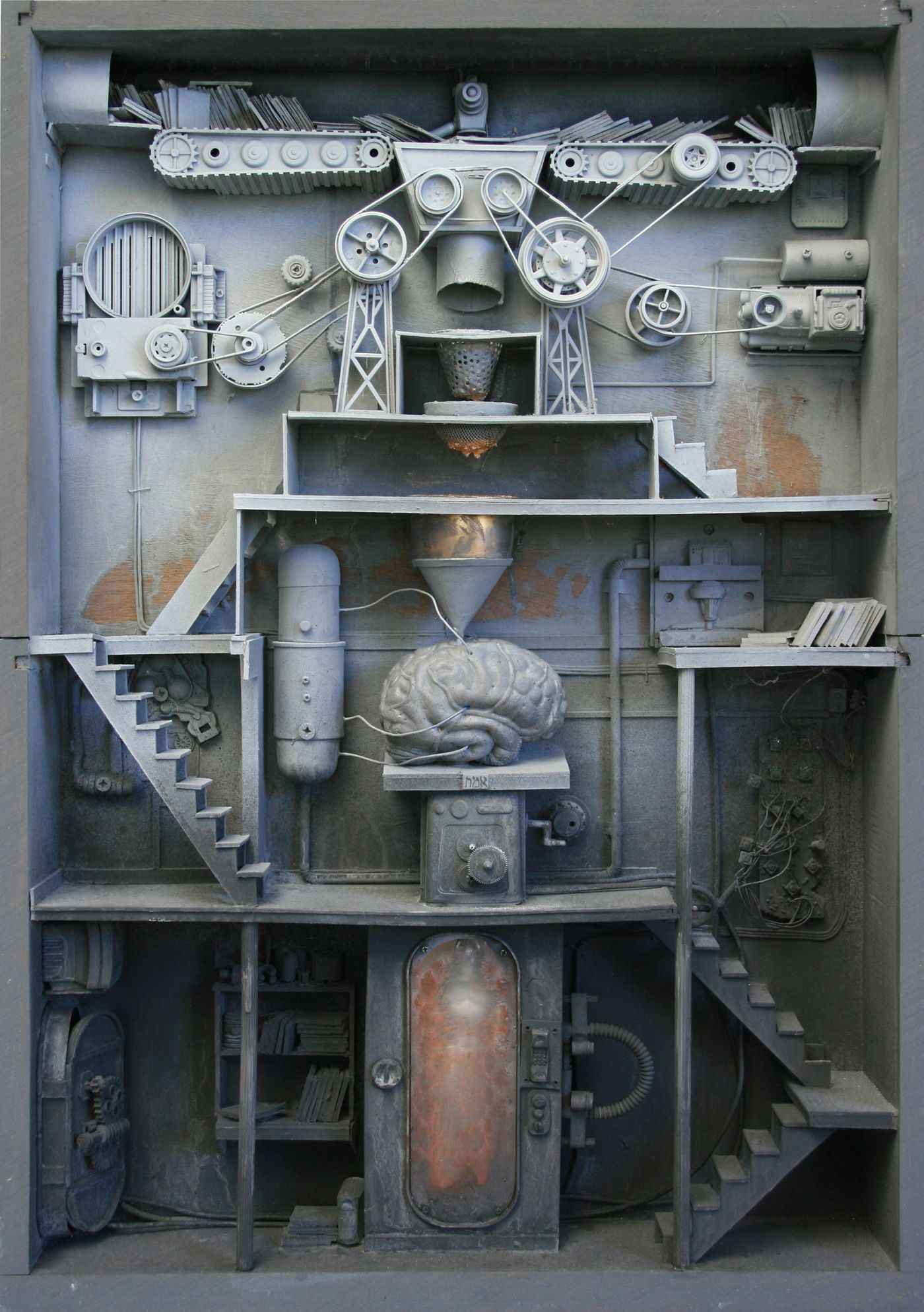
Photo © Marc Giai-Miniet.

Photo © Marc Giai-Miniet.
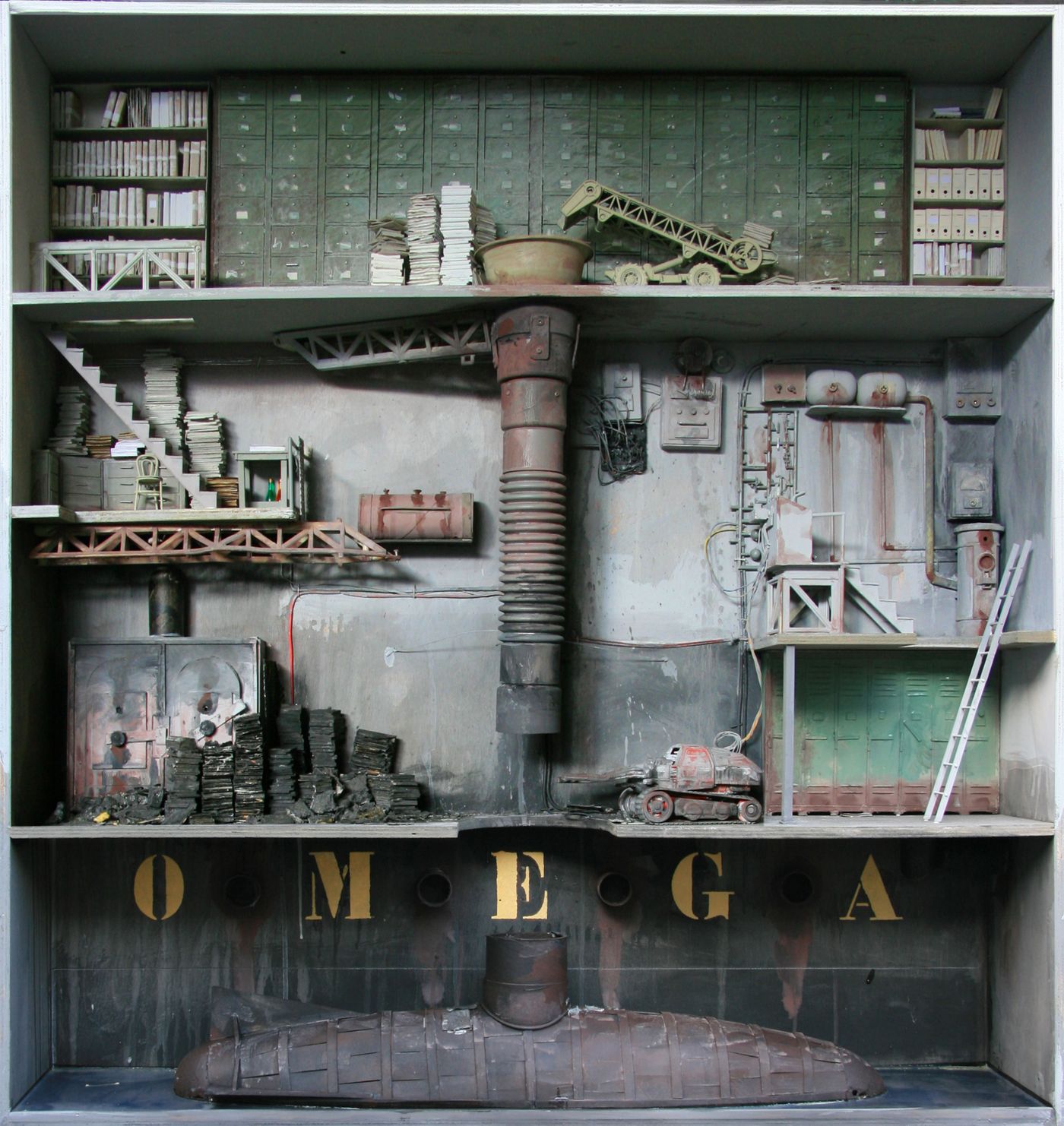
Photo © Marc Giai-Miniet.